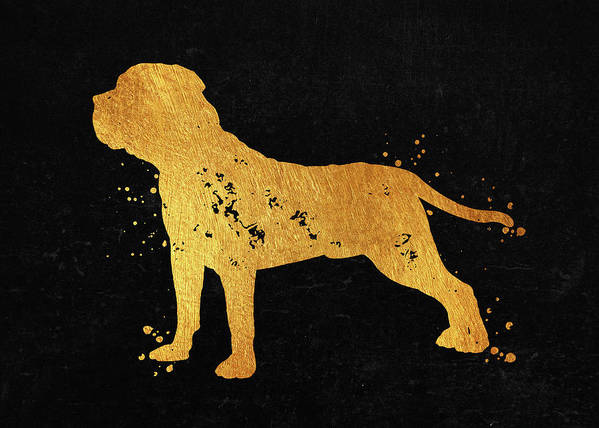
Today, we call their descendants “Afrikaners,” but predecessors of Afrikaners were the Boers, people with German and French Huguenot ancestry (but especially Dutch) who arrived in the Cape of Good Hope in the mid 17th century. “Boer,” in fact, means “farmer” in Dutch, and not surprisingly, most Boers were farmers with roots in the Netherlands (Afrikaner was a term that was once applied to Boers who were not farmers).
The word is significant to the purebred dog community because of the breed developed from dogs brought to South Africa by these settlers, and specifically, Jan van Riebeeck who worked for the tea company that founded the Dutch colony at the Cape of Good Hope. From Holland, Van Riebeeck had brought with him his Bullenbijter (Bullenbeisser) whose name literally translated into “biter of bulls.” Other settlers would come along and bring their mastiff type dogs, all of which had a part in the development of the dogs that went with farmers and their ox wagon, horses, and stock animals into the rugged unknown.
If we think of these farmers as we do pioneers of the American Wild West, we can appreciate the difficulties they faced in a dangerous wilderness: Wild boars, leopards, and two-legged marauders in a harsh and dry land where farms had to be big enough to provide enough grazing for their stock. Their dogs had to be strong enough to ward off danger at night, agile enough to do farm work by day, and courageous enough to protect stock from hyenas. To that end, most pioneers kept large numbers of dogs. A single farmer might have ten to fifteen watch dogs because a fierce opponent like a hyena could dispatch a few dogs before losing his own battle.
Few breeds have been so ruthlessly refined.
Living in the wild required “all hands on deck,” and thus, children (often very young) typically herded the cattle. The dogs that accompanied them were, to a large extent, their main protection. If a dog so much as growled at a child, he was shot. If a dog strayed from the children, he was shot. If he ran away from danger, he was shot.
Harsh as this seems to us today, Boers had a deep rooted belief that the only cure for a bad dog was to be shot. Cattle, pigs, and sheep had financial value, and shortcomings were tolerated. Dogs had no monetary value, and a dog that didn’t do its job was culled. Hard core, yes, but improvement of the overall quality the breed was rapid.
The name by which we know these dogs today also points to the dog’s origins: Remember that “boer” means farmer, and loosely translated, the word for a large mastiff-like dog is “boel:” Known in some circles as the South African Mastiff, the breed’s other name is, of course, Boerboel.
Read more about the breed below:
Top image: Boerboel in watercolor by Gambrel Temple is available as fine art, and as lifestyle and home decor items here.
